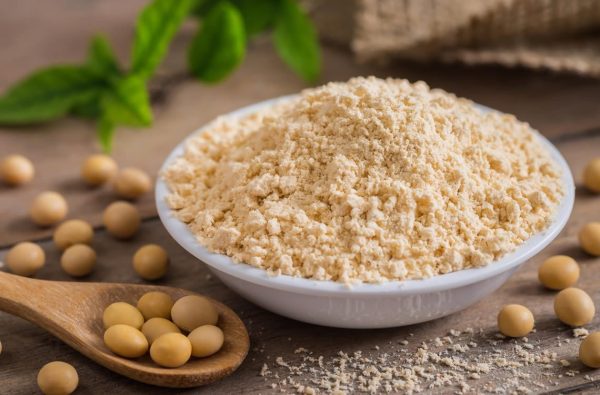
Soy protein is rich in nutrition. It not only has a high protein content, but also contains eight essential amino acids needed by the human body. The amino acid composition of its protein is an ideal plant protein that cannot be matched by other proteins. Its protein digestion and absorption rate is good, which is very similar to meat, but it will not cause obesity, cardiovascular disease, high cholesterol and other diseases like meat diet, and has obvious health care effects.
Application of soy textured protein in food industry
Application in meat products
Soy textured protein has good water absorption and oil retention. Adding it to meat products can increase the color, aroma, taste and protein content of meat products, and can promote the improvement of particle integrity and yield. Therefore, it is an ideal meat product additive. It can be added to meat products to reduce the amount of lean meat added. For example, in sausages, adding soy textured protein within 15% of meat weight can maintain the appearance and quality of the product; in meatballs, adding soy textured protein within 20% of meat weight has better taste and mouthfeel than pure meatballs; in pie and dumpling fillings, adding soy textured protein within 30% of meat weight can improve the quality and flavor, which not only reduces the production cost but also increases the protein content.
Application in Convenience Foods
Soybean tissue protein has the characteristics of imitating meat tissue and can be made into convenience foods of various flavors. Silky and flaky protein products are directly used to make vegetarian imitation meat foods, and block and small granules can be used to make various stuffing foods, which not only satisfy people’s senses, but also provide high-quality protein sources. It can be eaten after soaking in hot water, and can be used as breakfast and snacks for school-age children.
Application in Dishes
Soybean tissue protein undergoes hydration during production, has uniform tissue characteristics and specific tissue structure, and has good chewiness and meat texture. It is suitable for frying, stir-frying, cooking, deep-frying, making soups, stuffing, and cold dishes. Add 25-50% of tissue protein to minced meat or other meat products, and add various seasonings to make dishes with the taste of meat. Therefore, it can be used to partially replace meat. Soybean tissue protein is a truly high-quality and low-cost food.
Application in leisure food
Tissued protein has a good granular structure. After processing, it can be made into dried meat, candied fruit, vegetarian food, etc. with various flavors. In the process of processing tissue protein, different flavors of seasonings can be added to leisure food, and leisure food with different flavors, rich nutrition and excellent taste can be made.
Application in nutritional health food
Soybean tissue protein is not only of high nutritional value, but also an excellent health food, suitable for all ages. It is an auxiliary therapeutic food for patients with cardiovascular, arteriosclerosis, diabetes, hypertension, high cholesterol, hepatitis, nephritis, and obesity.
In summary, soybean tissue protein has rich nutritional value, natural physiological health functions, excellent production and processing characteristics, and extensive economic benefits. It is a very promising functional food raw material. Moreover, my country currently lacks animal protein resources, and protein intake is generally lower than the level required to maintain human health every day. New protein sources are urgently needed to make up for this deficiency. my country is rich in soybean resources, and soybean food is an inevitable trend in the future development of food, with broad market prospects.
